The Definitive Guide on Crowlers vs. Growlers

February 23, 2022
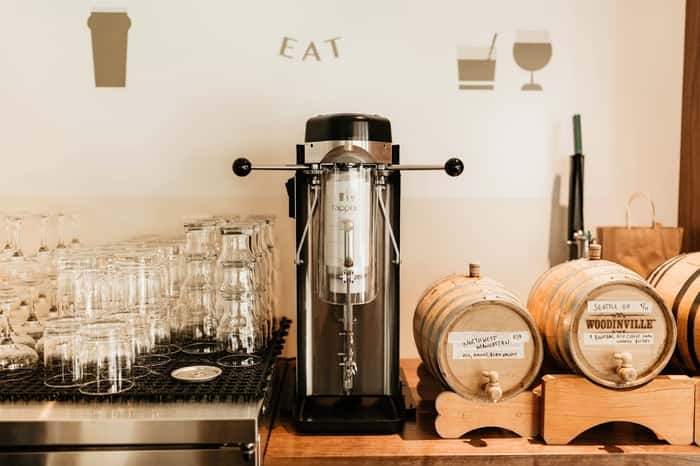
In early 2020, the pandemic forced many breweries to refocus their business strategies. As taprooms closed across the country, breweries either increased their packaging options or focused on them for the first time. But even before the pandemic, large-format packaging had been trending. Crowlers (32oz) and growlers (64oz) have become popular drinking vessels at breweries because they encourage consumers to take home a high volume of liquid to go while simultaneously keeping that beer fresh and carbonated for a certain amount of time.
“One of brewers’ greatest fears is they spend all this time crafting a delicious beverage, but they have no control over what happens to it afterwards,” says Caroline Macdonell, Director of Marketing at DrinkTanks, a popular company making premium, insulated growlers.
Both a crowler and a growler help ensure that consumers can take beer directly from the brewery while keeping it fresh and carbonated with the flavor the brewer intended.
“Beer is such a passion industry where what you’re making is your heart and soul and you love it,” says Ian Crane, Account Manager: Beer, Wine, and Spirits at MiiR, a design-forward company making premium stainless steel vessels for beer.
But what exactly is a crowler and a growler? And most importantly, what are the advantages of each of these packaging options?
Cracking the code on crowlers and growlers could help beverage business owners make a pivotal decision on the right beer-to-go opportunity for their taproom.
What We’ll Cover in This Piece:
What Is a Growler?
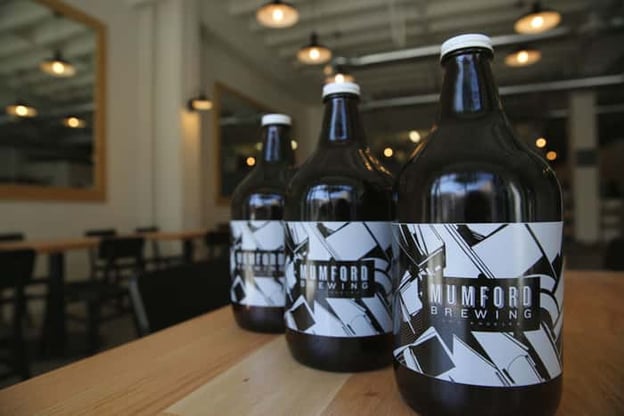
Quite simply: Growlers are a way to take beer to go. Starting at 64oz and ranging as high as 128oz, growlers can be made in a variety of different materials, but often come in stainless steel or glass.
Traditional growlers are sealed with a cap, so once unscrewed that beer is put on the clock, making these large format drinking vessels perfect for consumers looking to bring a high volume of liquid to a party, barbecue, picnic, etc.
More of the traditional taproom to-go type of packaging, growlers have been popular for a long time. “Growlers have been around so long that it goes hand in hand with beer to go,” says Crane. “It’s a great option if you have two beer drinkers in the house or you’re going to a dinner party.”
Most folks probably recognize the standard glass version, but today companies like DrinkTanks and MiiR have become known for making premiere versions that have unique features like handles, easy-to-open lids, and double wall vacuum insulation to keep beer colder and carbonated longer.
All with the intention to make sure the beer tastes exactly as the brewer intended.
What Is a Crowler?
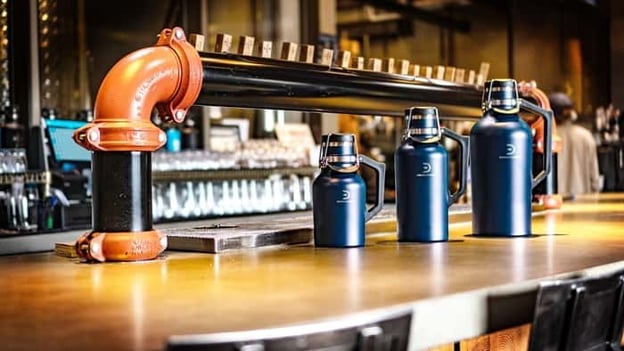
On the other hand, crowlers are fairly new, appearing first in the early naughts. Oskar Blues Brewery developed the first crowler with Ball Corporation twenty years ago in 2002. The Longmont, Colorado-based brewery wanted to find a new way to package its beer to increase shelf life. The two companies came up with a machine that sealed larger cans on-demand.
Voila, the crowler!
How to Fill a Growler vs. a Crowler
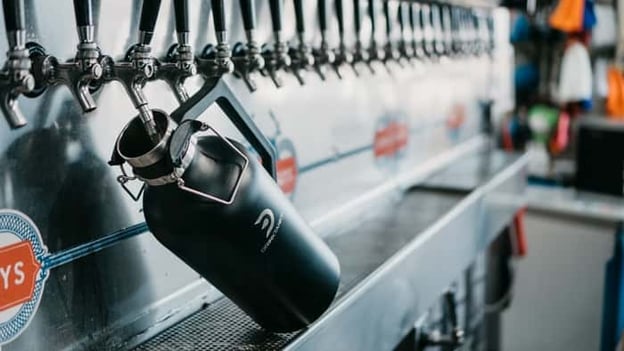
Besides their size, the main difference between growlers and crowlers is how you fill them.
Growler
First and foremost, growlers must be properly sanitized before filling because if there is any bacteria inside the vessel itself, that could affect the beer.
Traditionally, growlers can be filled a couple different ways.
One method is to use an add-on extension tube fitted to a standard draught system. This can help reduce waste and filling time. But this method can also introduce more oxygen into the beer and decrease its shelf life.
Alternatively, another option is to use a counter-pressure CO2 filler. Because these machines use CO2 to get rid of all the oxygen in the container before filling, it helps reduce how much oxygen touches the beer. This method also curtails filling waste.
Crowler
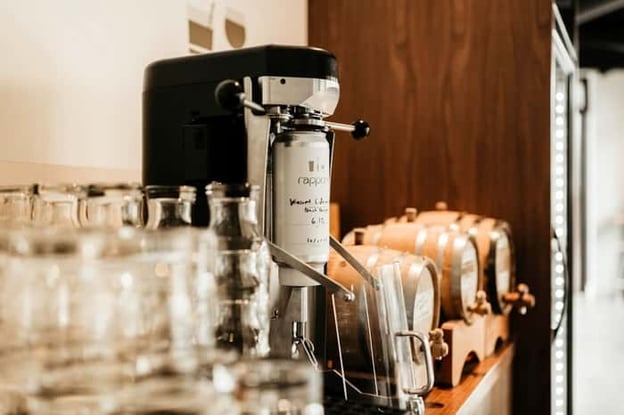
Filling a crowler requires a few key pieces. Crowlers are shipped to breweries as plain, empty aluminum cans without the lid.
Breweries can then use a beer-labeling machine to add branding to the can. Although some opt for a much simpler route, writing on the cans in permanent marker, for instance.
When it comes to getting the can ready for the consumer, crowlers must be purged of CO2, quickly filled with beer, and vacuum sealed.
This means you’ll need to buy a beer-canning machine for your crowler.
Cask, October Design, and IC Filling Systems all make great crowler-canning machines.
The Shelf Life of a Growler vs. a Crowler

Another key difference between the two to-go options is how long they keep beer fresh and carbonated.
Growler
Many variables can affect the durability of a growler. For example, if a growler is filled with the simple add-on extension tube, then on average the beer inside of an unopened growler will stay fresh for at least three to five days.
However, using a full counter-pressure system can increase the shelf life of an unopened growler to over a week.
Although in both cases, once a growler has been unsealed, that beer should be drunk within the next thirty-six hours. Afterwards the beer will go flat.
Crowler
Since crowlers are vacuum-sealed at the taproom, the beer inside can stay fresh and carbonated for anywhere between two to three weeks. Of course, this shelf life will be affected if the crowler is canned improperly or the consumer stores the beer in poor conditions.
The Cost of a Growler vs. a Crowler
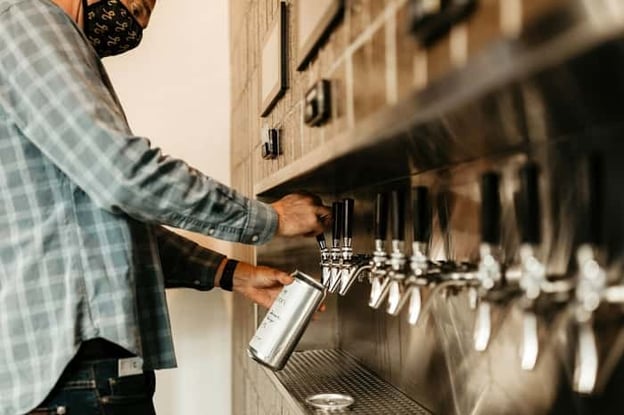
Growler
A new growler costs between $20-$30 dollars.
Crowler
A new crowler costs between $9-$12 dollars.
What Are the Advantages of a Growler?
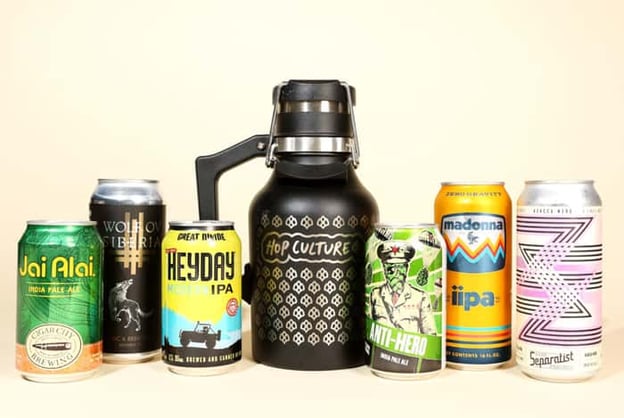
Size
Growlers offer the biggest option for customers. For those looking to bring beer to a party, dinner, or other big social situation, growlers are the best option.
Brandable
Growlers are an amazing branding opportunity. Because folks can use growlers again and again, a brewery owner has the potential to spread their name wherever the consumer takes that growler. In fact, many folks often collect growlers, proudly displaying them in their bar or kitchen at home. “People take their growlers and reuse them for years, sometimes decades,” says Macdonell. “Whereas, with a crowler they’re just going to take it and toss it even if it’s branded.” Creating a cool growler is the perfect way to brand your business. On the other hand, crowlers are one and done, making them less valuable as a marketing tool.
Boost your bottom line
Encouraging fans to refill their growlers increases customer loyalty. Plus, you could even introduce a reward scheme to continue to entice people to buy in to your growler program. Additionally, you’re selling at least 64oz of a beer. That is a large amount of volume in one sale! To give perspective, that would be the equivalent of one person sitting at the bar and drinking four 16oz pints.
What Are the Advantages of a Crowler?
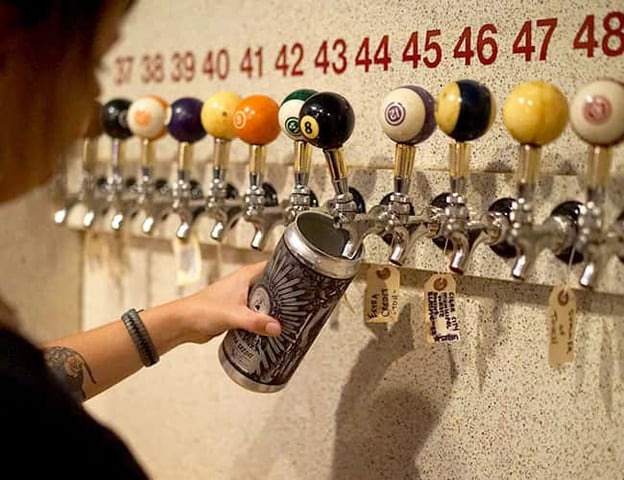
Photography courtesy of The Answer
Easy-to-use
Since crowlers are made of aluminum, they are easy for consumers to transport, ship, and carry to wherever their beer-drinking adventures take them.
Seamless
“Crowlers are easier because, on a crowler machine, you just fill it, set a lid on it, and it seals it,” says Macdonell. “With a growler, there is more of a process with topping it off, filling it, and using the hose.
Super fresh beer
Because crowlers require a machine to vacuum seal the cans, the beer inside will stay fresh and carbonated for anywhere between two-to three weeks. That’s a pretty long shelf life for a large amount of beer.
Cheaper
On average, crowlers are cheaper than growlers.
Low Maintenance
Crowlers don’t require any upkeep. Because they are made of aluminum, your consumers can easily recycle crowlers. On the other hand, growlers are reusable, meaning the onus can often fall on the brewery or the consumer themselves to keep them properly cleaned and sanitized. This could result in extra work for your staff.
Are Crowlers or Growlers Better for My Business?
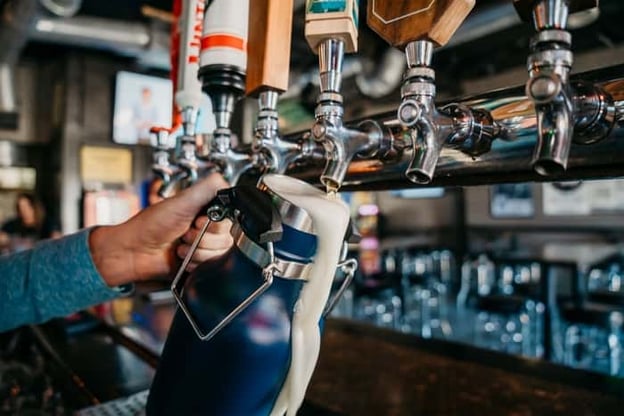
There isn’t a one-size-fits-all answer here. Instead these are three things to consider when deciding between a crowler or a growler for your business.
Know your customer - “To me, knowing your customer and how frequently they’re consuming your beer to go is the one greatest [consideration] between a crowler and a growler,” says Macdonell. “Is it right away? Or a month later?”
If your consumers tend to drink your beer right away, then maybe a growler is the best option. But if they prefer to hang onto their cans for a bit, then consider a crowler.
Likewise, the age of your customer is very important. For Millennials, cans are much more appealing. If folks between the ages of 25-34 are your main demographic, crowlers are probably the way to go. But if you’re a brewpub or taproom with an older clientele, then stick with growlers.
- Know your space
Both options require space in different ways. So you need to decide what works best based on the layout of your brewery. Using crowlers will require a can sealing machine. Do you have space for that to live somewhere on a counter near your bar? Simultaneously, physical growlers take up a lot of space. Do you have room to store them? Growlers also need to be sanitized before they’re filled. Are you able to create a setup for cleaning? - Know your marketing plan
Is branding important to you? Growlers are great billboards for your brand. If you’re looking for a little buzzy boost, growlers may be the best option. Crowlers are a one-time-use vessel and likely won’t have the same branding impact. - Still on the fence?
Just ask your fans!
“Both options are great, it just depends on what's best for your business and what your customers want most,” says Macdonell. “At the end of the day, if someone is really toiling over the decision, just ask your customers who come into the bar: Would you rather have a crowler or a growler? The customer is always right!”
Move Beyond Your Spreadsheets
Have control over your entire inventory and fulfillment processes from anywhere with Ollie. Even integrate with your existing inventory and accounting applications.
